'Blue Locker' Analysis: Ransomware Targeting Oil & Gas Sector in Pakistan
NetmanageIT OpenCTI - opencti.netmanageit.com

SUMMARY :
A new ransomware strain called 'Blue Locker' is targeting Pakistan's oil and gas sector, particularly affecting Pakistan Petroleum Limited. The National Cyber Emergency Response Team (NCERT) has issued warnings to 39 key ministries and institutions about this severe threat. The ransomware, which shares similarities with the Shinra malware family, encrypts files and demands ransom payments. It uses a combination of AES and RSA encryption algorithms and is distributed through phishing emails and malicious attachments. The attack coincided with Pakistan's Independence Day, suggesting possible nation-state involvement rather than traditional cybercriminal activity. NCERT has recommended strengthening cybersecurity measures, including multi-factor authentication, email filtering, and employee training. The incident highlights vulnerabilities in Pakistan's government IT infrastructure and the need for a more proactive cybersecurity approach.
OPENCTI LABELS :
phishing,ransomware,encryption,pakistan,cybersecurity,oil and gas,ncert,proton,shinra,blue locker
AI COMMENTARY :
1. 'Blue Locker' Analysis: Ransomware Targeting Oil & Gas Sector in Pakistan
Blue Locker has surfaced as a formidable ransomware strain targeting Pakistan’s critical oil and gas infrastructure, with Pakistan Petroleum Limited confirmed among its earliest victims. The National Cyber Emergency Response Team has issued high-priority alerts to 39 ministries and institutions, emphasizing the severity of this emerging threat.
2. Unpacking the Threat Landscape
The architecture of Blue Locker combines techniques characteristic of the Shinra malware family with a robust dual-encryption model. By leveraging both AES and RSA algorithms, attackers ensure encrypted files remain inaccessible without a unique key. This layered encryption significantly complicates recovery efforts and heightens pressure on victims to comply with ransom demands.
3. Distribution Channels and Infection Mechanisms
Phishing emails carrying malicious attachments or links are the primary delivery vectors for Blue Locker. Once a user inadvertently executes the payload, the ransomware propagates laterally across shared network drives and critical servers, encrypting vast troves of data in a matter of minutes.
4. Timing, Geopolitical Implications, and Nation-State Speculations
The wave of attacks coincided with Pakistan’s Independence Day celebrations, suggesting potential nation-state sponsorship rather than purely financially motivated cybercrime. This timing not only amplifies the psychological impact on national morale but also raises concerns about the strategic objectives behind the campaign.
5. NCERT’s Strategic Recommendations
In response to this escalating risk, NCERT advocates for the immediate adoption of multi-factor authentication, advanced email filtering to intercept malicious payloads, and comprehensive employee training focused on phishing awareness. They also stress the importance of routine vulnerability assessments, strict network segmentation, and swift incident response protocols.
6. Strengthening Pakistan’s Cyber Resilience
Blue Locker’s campaign has exposed critical vulnerabilities within Pakistan’s government IT infrastructure and energy sector. To bolster defense capabilities, organizations must integrate real-time threat intelligence, continuous security monitoring, and collaborative information-sharing frameworks. Sustained investment in these areas is essential to mitigate future ransomware threats and safeguard the nation’s vital energy assets.
OPEN NETMANAGEIT OPENCTI REPORT LINK!
Use public read only username and password on login page.
NOTE : Use Public READ only user credentials on login page banner.
'Blue Locker' Analysis: Ransomware Targeting Oil & Gas Sector in Pakistan


